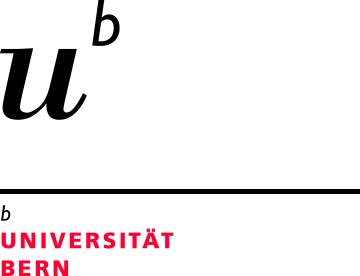Swiss Ai Research Overview Platform


De nos jours, l’analyse automatique d’image médicale se fait en utilisant des algorithmes qui cherchent des patterns dans des corpus d’images important, souvent nommé corpus d’entrainement. Pour que ces algorithmes fonctionnent d’une manière efficace, les patterns doivent être manuellement définis pour chaque exemple dans le corpus d’entrainement. Ceci peut impliquer l’annotation de milliers de mitochondries dans des images 3D de cerveaux ou bien l’annotation de tumeur dans des images RMI. Quelconque les patterns à définir, ils sont en grande partie la source des réussites de ses algorithmes automatiques.
Malheureusement, ce processus d’annotation demeure un travail laborieux, frustrant et souvent extrêmement long. De plus, les patterns en questions, donc des tumeurs, des lésions, des pathogènes, ne sont reconnaissables que par des experts ayant suivi des formations de longue durée. Ce fait rend le nombre de personnes capable d’annoter les images très petites et par conséquent limite de façon importante le nombre d’annotations exploitables.
C’est pour ces raisons, que ce projet cherche a déterminé une nouvelle façon d’acquérir ses patterns. En particulier, nous sommes intéressés à développer de nouveaux algorithmes qui peuvent trouver des patterns à l’aide d’où les experts regardent dans les images médicales qu’ils observent.
Computer vision and machine learning are now critical to large scale medical image analysis. To train state-of-the-art methods for automatic detection and segmentation of biomedical structures, manually annotated, or labeled, image data must be provided by expert-users who have significant knowledge in specific subject matters (eg tumors, mitochondria, lesions, etc).
Due to this critical reliance on experts, acquiring training data remains a major bottleneck for large scale machine learning in medically relevant applications. While crowd-sourcing has been very successful in traditional computer vision, its success hinges on access to large populations of annotators. This makes it at odds with many medically driven applications where the number of experts capable of providing accurate annotations is often very small. In addition, the data annotation bottleneck is particularly problematic as it not only strongly limits the quantity of data that can be acquired to train classification algorithms, which in turn reduces performances, but also places an overwhelming annotation burden on a small number of experts.To reduce these burdens, the aim of this project is to leverage low-cost gaze-tracking hardware with machine learning and computer vision techniques to allow experts to seamlessly and effortlessly annotate large quantities of medical image data by simply looking at the them.
Last updated:04.03.2022